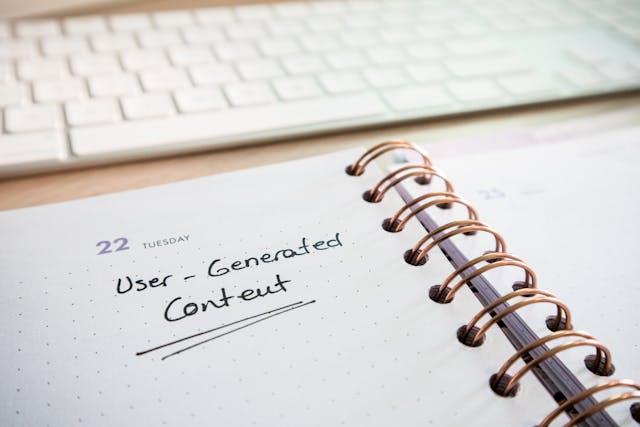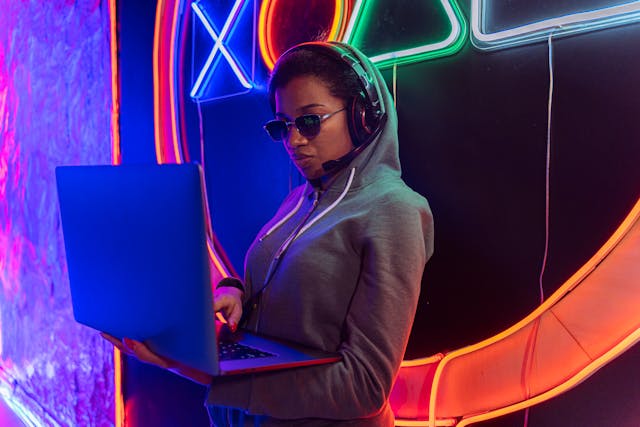Navigating international copyright laws might seem overwhelming. But it’s crucial for artists who want to maintain control over their creations wherever they’re shared or sold.
In today’s globally connected world, artists can reach audiences across continents with a single click.
But with that expanded reach comes a heightened responsibility to understand how your work is protected beyond your home country.
So, to help you make sense of these complex yet essential rules…
This guide explores the foundational aspects of international copyright law. Also, it includes important treaties such as the Berne Convention, and advice for artists who want to protect their intellectual property on a global scale.
Understanding the Role of Copyright Laws Internationally
International copyright law isn’t governed by a single system. Instead, it’s a patchwork of treaties and national legislations that work together to provide creators with legal protection across borders.
These laws help ensure that your artwork, music, writing, or photography is not unfairly used, stolen, or misrepresented in foreign markets.
A pivotal agreement in this space is the Berne Convention for the Protection of Literary and Artistic Works, first adopted in 1886.
Nearly every major country is now a member, which means artists can count on some level of consistent protection almost anywhere in the world.
As a creator, I’ve seen peers lose control over their art overseas simply because they didn’t know they were automatically protected.
The Berne Convention is your first line of defense, even if you’ve never heard of it before.
Key Principles of International Copyright Laws
Here are the cornerstones that artists should know when thinking about international protection:
1. Automatic Protection: In countries that follow the Berne Convention, your work is protected as soon as it’s created in tangible form. No registration required.
2. National Treatment: Member countries must treat foreign artists the same as they would treat their own, offering an equal level of legal protection.
3. Minimum Duration: Copyright must last at least 50 years after the creator’s death, though many countries (like the U.S. and EU nations) extend that to 70 years.
4. Independence of Protection: Your rights are recognized separately in each country. Losing protection in one doesn’t affect the others.
Learn more about Berne Convention protections via WIPO.
The Role of Key Treaties
Several international agreements build the framework artists depend on today. These treaties define the standards for copyright protection in the global community.
1. Berne Convention: As noted above, this treaty ensures basic copyright standards like automatic protection and moral rights across 180+ countries.
2. WIPO Copyright Treaty (WCT): Administered by the World Intellectual Property Organization, WCT modernizes copyright to cover digital and internet-based content like websites, e-books, and software.
3. TRIPS Agreement: Overseen by the World Trade Organization, TRIPS expands copyright enforcement standards, especially for commercial use and piracy-related disputes.
4. Universal Copyright Convention (UCC): A predecessor to Berne that still applies in some regions, although it’s less widely used today.
WIPO Guide to International Treaties.
Differences Between U.S. and International Laws
Even with these treaties, laws can differ significantly from country to country. For example:
Moral Rights: European countries often give artists strong moral rights (like the right to prevent distortion of a work).
While U.S. law focuses more on economic rights unless you’re covered by specific laws like the Visual Artists Rights Act (VARA).
Fair Use vs. Fair Dealing: The U.S. allows broader use of copyrighted works without permission under “fair use.” Countries like Canada and the UK use a stricter standard called “fair dealing,” which limits what can be used and how.
Registration: While not mandatory in most countries, registering your work in places like the U.S. can be essential if you ever need to sue someone for infringement.
Practical Advice for Artists Sharing Internationally
If you’re serious about protecting your work abroad, take these steps:
1. Understand Local Laws: Every country has its quirks. If you’re planning to market or collaborate internationally, take time to read up on local IP rules, or consult with a lawyer who specializes in global rights.
2. Register Strategically: Although not always necessary, registering your work in major markets like the U.S., EU, or China can provide stronger protection and make legal enforcement much easier.
3. Use Solid Contracts: When collaborating across borders, use clear contracts that address who owns the work, what rights are being granted, and how disputes will be resolved.
4. Monitor Your Work: Tools like Google Reverse Image Search, TinEye, or even platforms like Pixsy can help you detect unauthorized use of your work. Staying vigilant is part of maintaining your rights.
5. Leverage Technology: Watermarking, metadata, and blockchain-based ownership verification tools can add extra layers of protection.
Pixsy – Image Monitoring Service.
Understanding and using international copyright laws doesn’t just protect your art, it protects your livelihood and your identity as a creator.
The moment you publish something online, you become part of a global creative economy. That’s both exciting and risky, which is why legal literacy is more essential now than ever.
Leveraging on key treaties, registering wisely, and actively monitoring your intellectual property, can help keep your work secure across borders while still growing your international audience.
Empower yourself with knowledge, and your legacy will be protected long after your latest creation hits the web.
READ ALSO:
Copyright Audit Strategies for Artists: Conducts for Online Presence
Trademark Protection for Artist Brands: The Basics
Creative Commons Licenses for Artists: A Guide for Artists Online
Copyright Laws for Filmmakers: What You Need to Know
Artists Guide to Using Copyright: Fair Use and Artistic Creation



